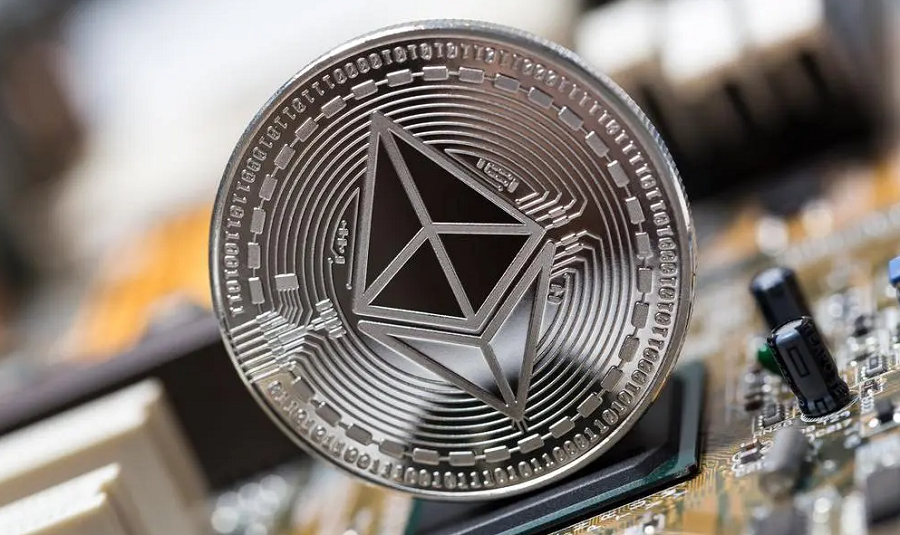Ethereum, the second-largest cryptocurrency by market cap, boasts a vibrant ecosystem fueled by decentralized applications (dApps), non-fungible tokens (NFTs), and a unique consensus mechanism called proof-of-work (PoW).
At the heart of PoW lies a process known as Ethereum mining, a complex and often misunderstood operation. In this article, we’ll delve into the workings of Ethereum mining, exploring its mechanics, challenges, and the impending shift towards a new paradigm.
The Art of the Puzzle: How Ethereum Mining Works
Imagine a vast network of computers competing to solve intricate mathematical puzzles. That’s essentially what Ethereum mining entails. Miners utilize specialized hardware to tackle these puzzles, and the first to find a solution gets rewarded with Ether, the native cryptocurrency of the Ethereum network. This process serves two critical purposes:
Transaction validation: Each puzzle solution verifies a set of Ethereum transactions, ensuring their legitimacy and immutability on the blockchain.
Network security: The difficulty of the puzzles constantly adjusts, making it computationally expensive and energy-intensive to attack the network. This discourages malicious actors and maintains the decentralized nature of Ethereum.
The Tools of the Trade: Mining Hardware and Pools
To participate in Ethereum mining, you need the right tools. Powerful graphics cards
(GPUs) were once the dominant hardware, but the rise of Application-Specific Integrated Circuits (ASICs) has significantly increased mining efficiency.
These custom-built chips are designed solely for solving Ethereum’s specific hashing algorithms, offering superior performance but at a higher cost. Mining alone can be difficult since there is little likelihood of solving a riddle ahead of other miners. Mining pools come into play here. Miners in a pool enhance their combined processing capacity by pooling their resources, which greatly increases their odds of solving problems and equitably dividing rewards.
The Challenges
While Ethereum mining plays a crucial role in securing the network, it’s not without its drawbacks. The most pressing concern is the immense energy consumption required by PoW operations. The complex calculations generate significant heat, requiring powerful cooling systems and contributing to a growing carbon footprint. This has sparked heated debates about the sustainability of PoW and its impact on the environment.
Another obstacle is the growing complexity of mining. The problems get harder as more miners join the network, making it difficult for individual miners and smaller pools to compete successfully. This may result in centralization, giving big mining companies more power over the network.
The Future of Ethereum Mining: Adapting and Evolving
While the full integration of PoS is still on the horizon, Ethereum mining remains a crucial function until then. Miners must adapt to the changing landscape by investing in efficient hardware, joining larger mining pools and staying informed about Ethereum 2.0 developments.
As the Ethereum ecosystem continues to evolve, the role of mining will undoubtedly transform. Whether miners adapt to new paradigms or fade into the background, their contribution to building and securing the network will remain etched in the blockchain’s immutable ledger.






















